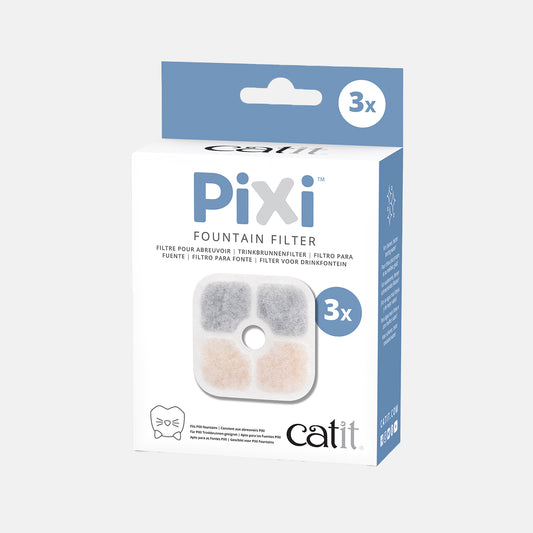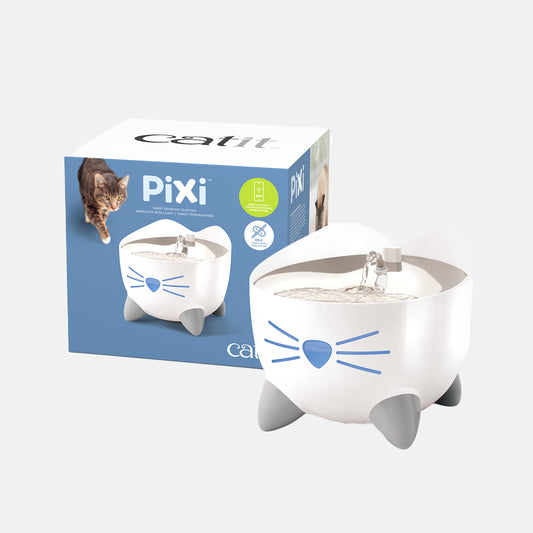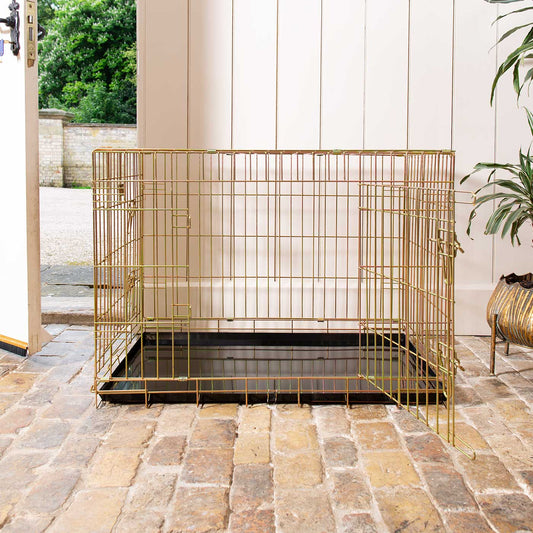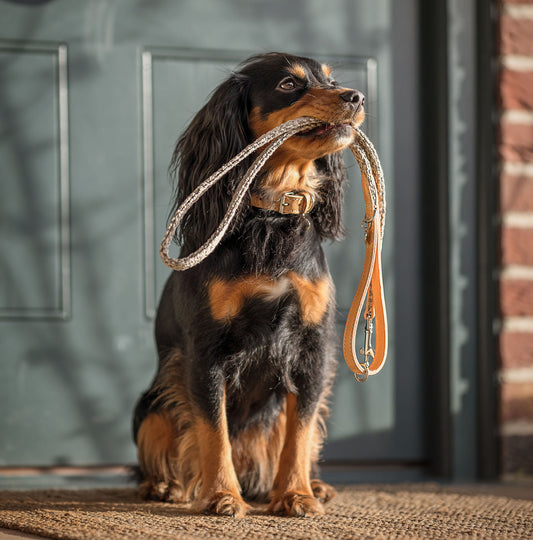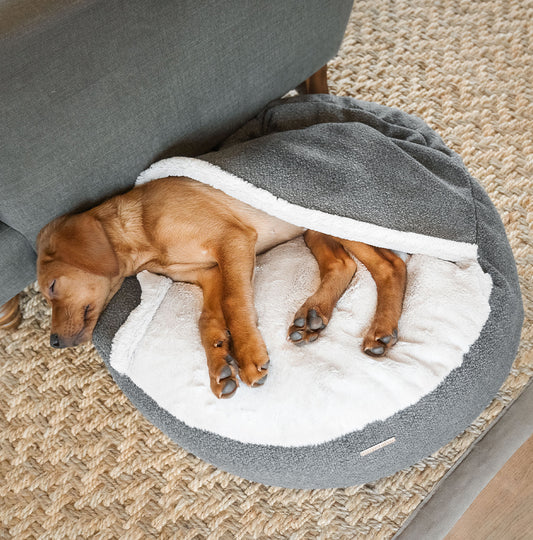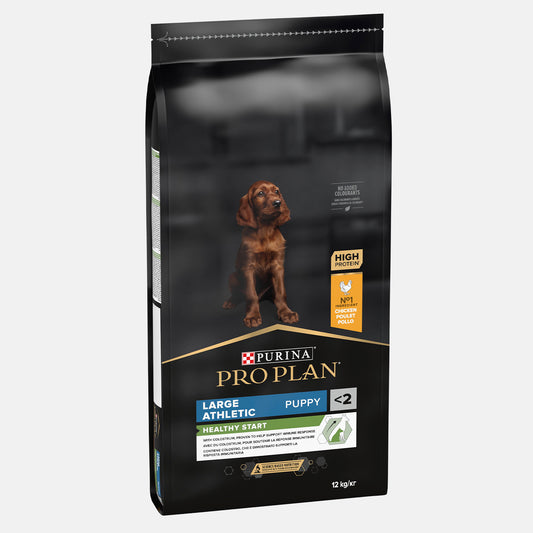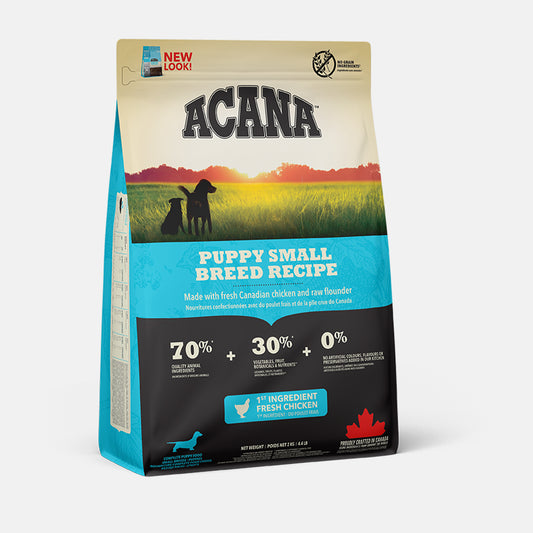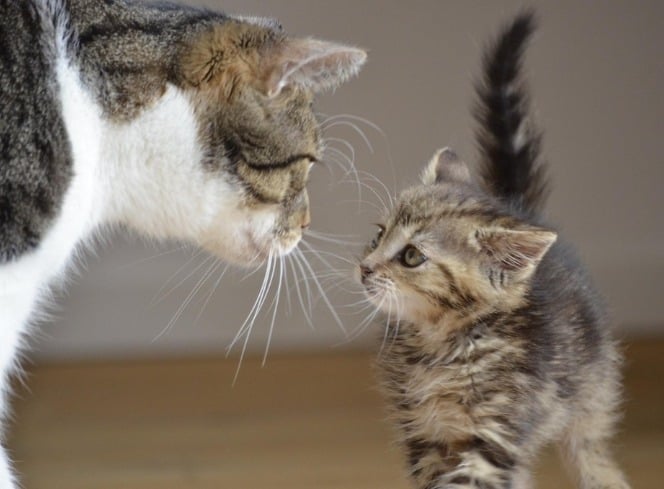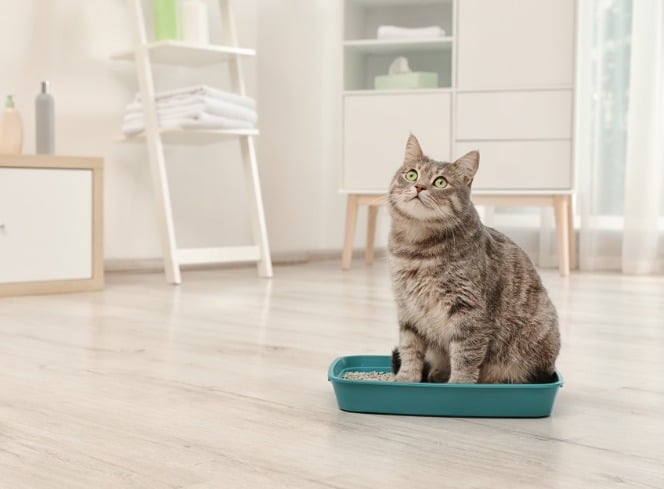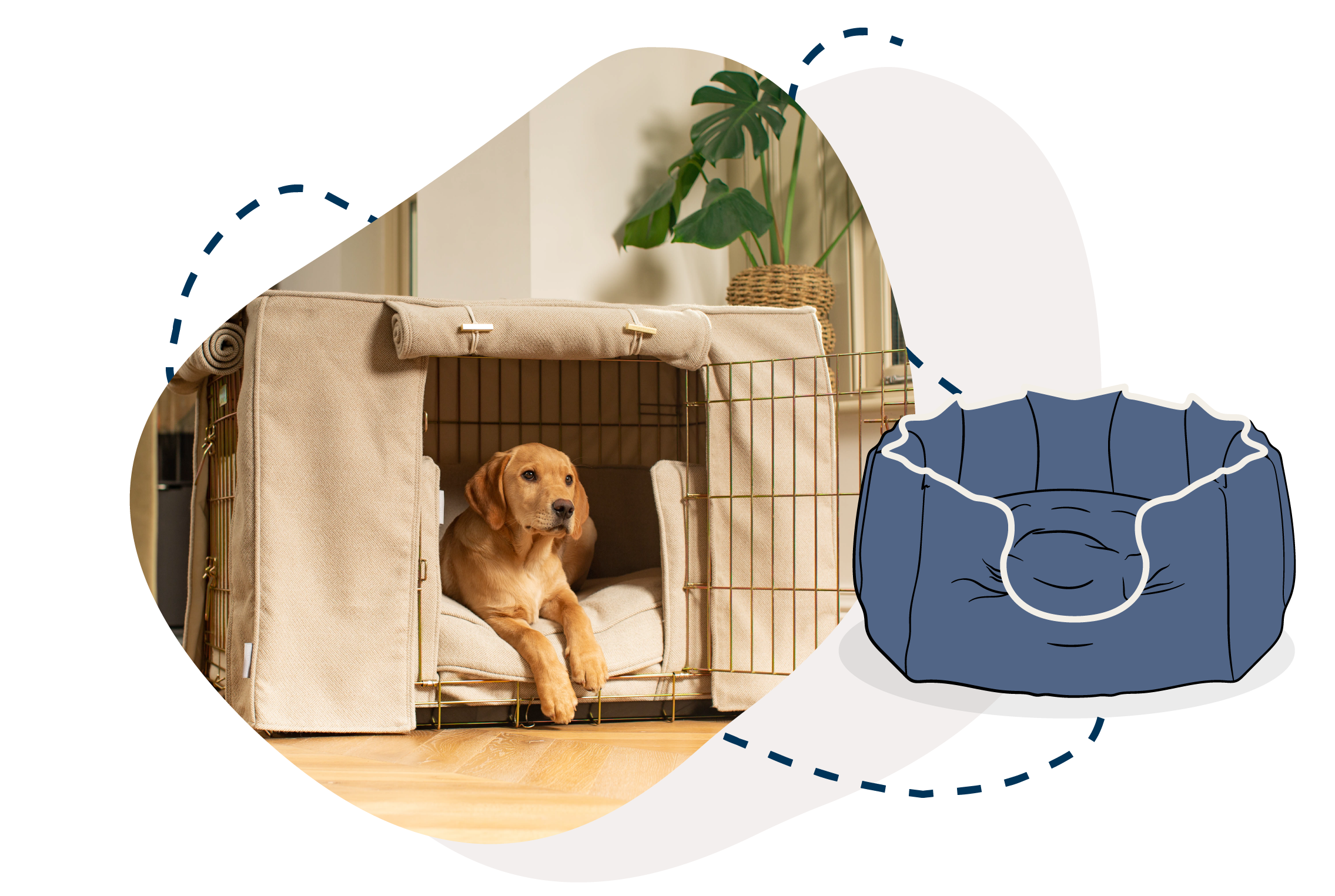
Puppy-Proofing Your Back Yard
Bringing home a new puppy is an exciting milestone, but with all that boundless energy and curiosity, it’s crucial to ensure your outdoor space is as safe as possible. While many first-time owners focus on puppy proofing your home, the back garden often needs just as much attention. In this guide, we’ll walk you through a step-by-step plan to help with puppy proofing your back garden. By the end, you’ll have an outdoor haven where your pup can run, explore, and grow in a secure environment. Step 1: Assess the Layout of Your Yard Before you begin any major changes, take a walk around your yard and look at it from your puppy’s perspective. Puppies are naturally inquisitive and can squeeze through small gaps or chew on things you might normally overlook. This initial garden assessment lays the groundwork for thorough dog proofing your yard. Look for Gaps and Holes: Check the perimeter to spot any holes or weak spots in fences and gates. If you find them, patch or reinforce them promptly. Even small openings can allow a curious pup to slip out or get stuck. Identify Potential Hazards: Make a list of anything that looks potentially dangerous: exposed electrical wiring for outdoor lighting, broken lawn ornaments, thorny bushes, or any chemical storage. This will help you decide which items need to be fixed or relocated. Step 2: Secure Your Fence and Gate Having a sturdy fence is one of the most important aspects of puppy proofing your backyard. A reliable fence not only keeps your puppy contained but also helps prevent other animals from wandering into your yard. Check Fence Height: While very young puppies may not be able to leap over a high barrier, many dogs become surprisingly agile as they grow. If your fence is under four feet tall, consider adding height or a deterrent at the top to discourage future escapades. Inspect Latches and Locks: Make sure all gates close securely and have functional locks or latches. A determined puppy might paw at a gate long enough to jar it open if it isn’t firmly latched. Fill in Gaps Underneath: Some fences have gaps at ground level. Use rocks, planters, or added fencing material to block these spots. This is vital for overall puppy safety, as curious pups might try digging their way under. Step 3: Remove or Secure Hazardous Items Once the boundary is secure, the next step in puppy proofing is to remove or reduce any hazards you identified in your initial yard assessment. Store Chemicals Properly: Lawn care products like pesticides, fertilisers, and weed killers can be toxic. Keep them locked in a shed or secure storage space. Even if they’re labelled “pet-safe,” always follow the product instructions carefully and allow the lawn to dry before letting your puppy outside. Relocate Breakables and Sharp Objects: Anything that could break into shards or has sharp edges—such as pots, garden tools, or metal decor—should be moved to a safe area. Broken materials on the lawn are not only dangerous but also tempting to a pup that loves chewing and exploring. Cover or Fence Off Pools and Ponds: Water features can be risky for puppies that haven’t learned how to swim. If you have a pool or pond, install a barrier or a safety cover. Supervise your puppy whenever water is nearby until you’re confident they can handle it safely. Step 4: Make Sure Your Plants Are Puppy-Safe While plants and flowers make your yard beautiful, some can pose a serious risk to puppy safety. Certain plants are toxic if ingested, causing anything from upset stomachs to severe health complications. Research Toxic Plants: Common hazardous plants include lilies, azaleas, foxgloves, and daffodils. If you have these or similar varieties, consider fencing them off or removing them entirely to prevent accidental nibbling. Opt for Pet-Friendly Alternatives: Dog-safe options like sunflowers, marigolds, and rosemary can add beauty without risk. If you’re redoing the landscaping, choose greenery that won’t harm your puppy if they decide to snack on a leaf or two. Use Mulch Cautiously: Certain mulches, such as cocoa mulch, can be harmful if eaten. Opt for pet-friendly mulch or consider decorative gravel. Keep an eye on how your puppy interacts with it—chewing gravel can lead to choking or dental damage. Step 5: Provide Shade and Shelter When puppy proofing your home, you might have set up a crate or den for indoor comfort. Similarly, in your back garden, creating a shady retreat is crucial, especially in warmer climates. Puppies can overheat quickly, so offering a break from direct sun is essential for puppy safety. Use Existing Shade Structures: If you have trees, awnings, or a covered patio, train your puppy to recognise these shaded spots as resting areas. Set up a comfy, water-resistant dog bed or blanket where they can relax. Consider a Dog House or Canopy: A well-ventilated dog house or pop-up canopy can serve as a cool hangout. Ensure there’s enough room for your puppy to turn around and stretch out. Good airflow is vital, so avoid tight, cramped structures. The Mercia dog kennels are a great option for providing your dog some shelter outdoors. Fresh Water at All Times: Hydration is key to your puppy’s well-being. Keep a bowl of clean water outside, and make sure to refill or refresh it regularly, especially in hot weather. Step 6: Introduce Puppy-Safe Toys and Enrichment A bored puppy is more likely to dig, chew plants, or nibble on non-toy items. By providing engaging, puppy-safe toys, you’ll direct their boundless energy in a positive way—and further support your dog proofing your yard strategy. Select Sturdy Toys: Look for chew toys made from durable rubber or strong fabrics. These are less likely to break apart and pose a choking hazard. Soft plush toys can be fun under supervision, but may not withstand the outdoor elements. We love the Nerf toys for outdoors, the balls and throwing toys are perfect for keeping your pup busy outdoors. Rotate Toys to Sustain Interest: Just as you rotate out the toys inside the house, change the outdoor toys regularly. This keeps them fresh and exciting for your puppy. Incorporate Interactive Games: Puzzle feeders, treat-dispensing balls, or games of “find the toy” offer mental and physical stimulation. If your garden is large enough, a puppy-safe agility tunnel or small hurdles can help them burn off energy. Step 7: Commit to Ongoing Garden Maintenance Puppy proofing isn’t a one-and-done task. As your puppy grows, they might find new ways to get into trouble. Staying vigilant with regular garden checks is key to long-term puppy safety. Routine Inspections: Periodically walk the garden to look for new hazards—fallen branches, broken fences, or anything that could have changed since your last check. Address these issues promptly. Seasonal Adjustments: Each season brings new challenges, whether it’s slippery leaves in autumn or rock salt in winter. Adjust your dog proofing measures as the weather changes to keep your puppy safe. Plan for Growth: Puppies become more agile, stronger, and bolder with age. That gap in the fence they once ignored might suddenly become the perfect escape route in a few months. Stay a step ahead by reinforcing or upgrading your fencing and other structures as needed. Conclusion Puppy-proofing your back garden is an ongoing process that plays a pivotal role in keeping your new companion safe and happy. By following these steps—starting with an initial assessment, securing the perimeter, removing hazards, and adding safe toys—you’ll be well on your way to creating the ultimate puppy-friendly space. While puppy proofing your home is important, don’t underestimate the value of a safe outdoor environment. A garden that has been fully prepared for puppy safety means more worry-free playtime for both you and your furry friend. Remember, puppies grow quickly and their curiosity only intensifies as they do. Stay vigilant, keep up with yard maintenance, and always supervise outdoor play sessions—especially in those early stages of puppyhood. With the right precautions in place, you’ll have peace of mind knowing you’ve done everything possible to ensure your back yard is a fun, enriching, and most importantly, secure haven for your pup. To keep your dog out of mischief we’ve got plenty of interactive dog toys and outdoor toys, so why not browse and see if anything will take their fancy?




































































